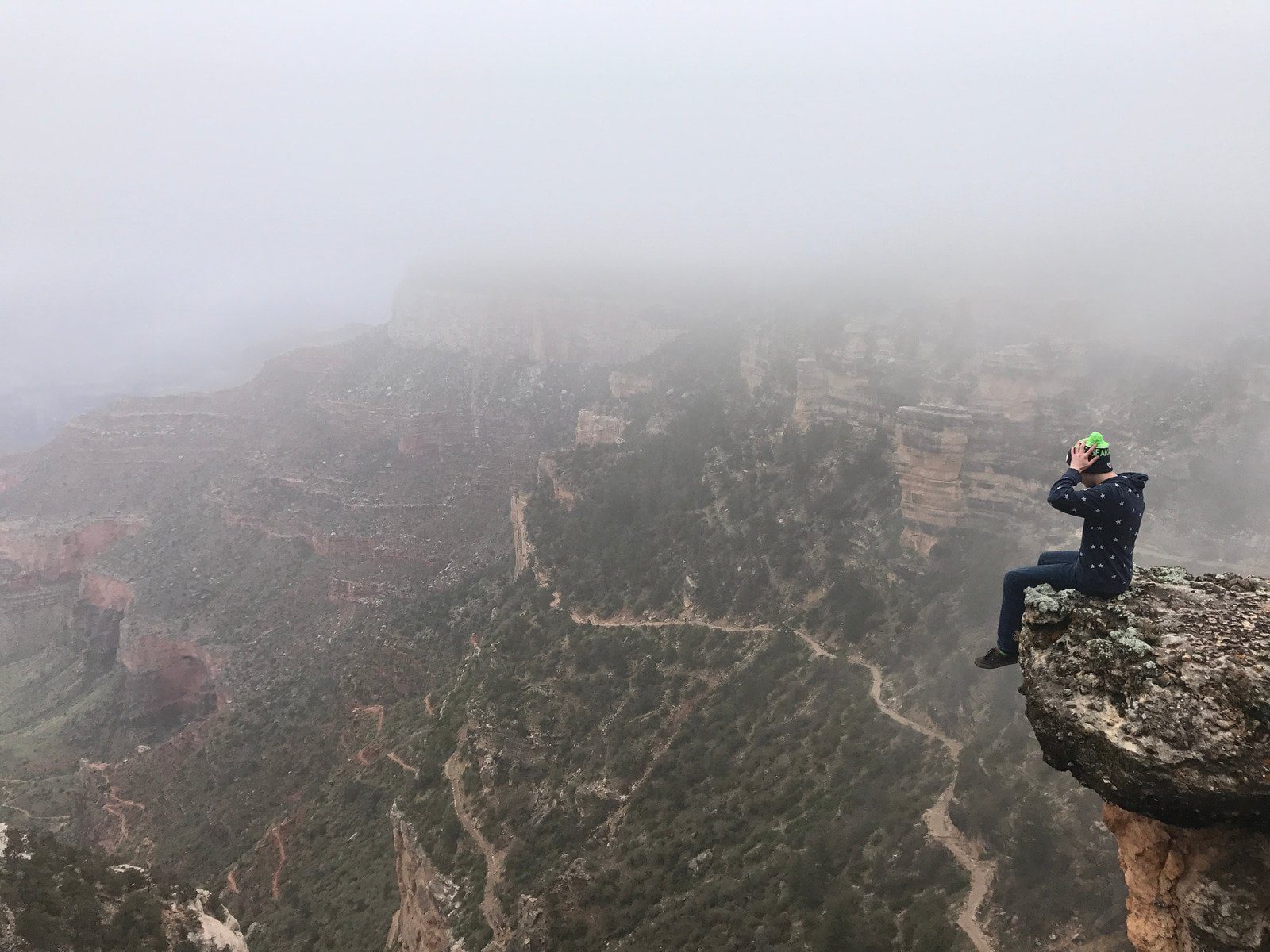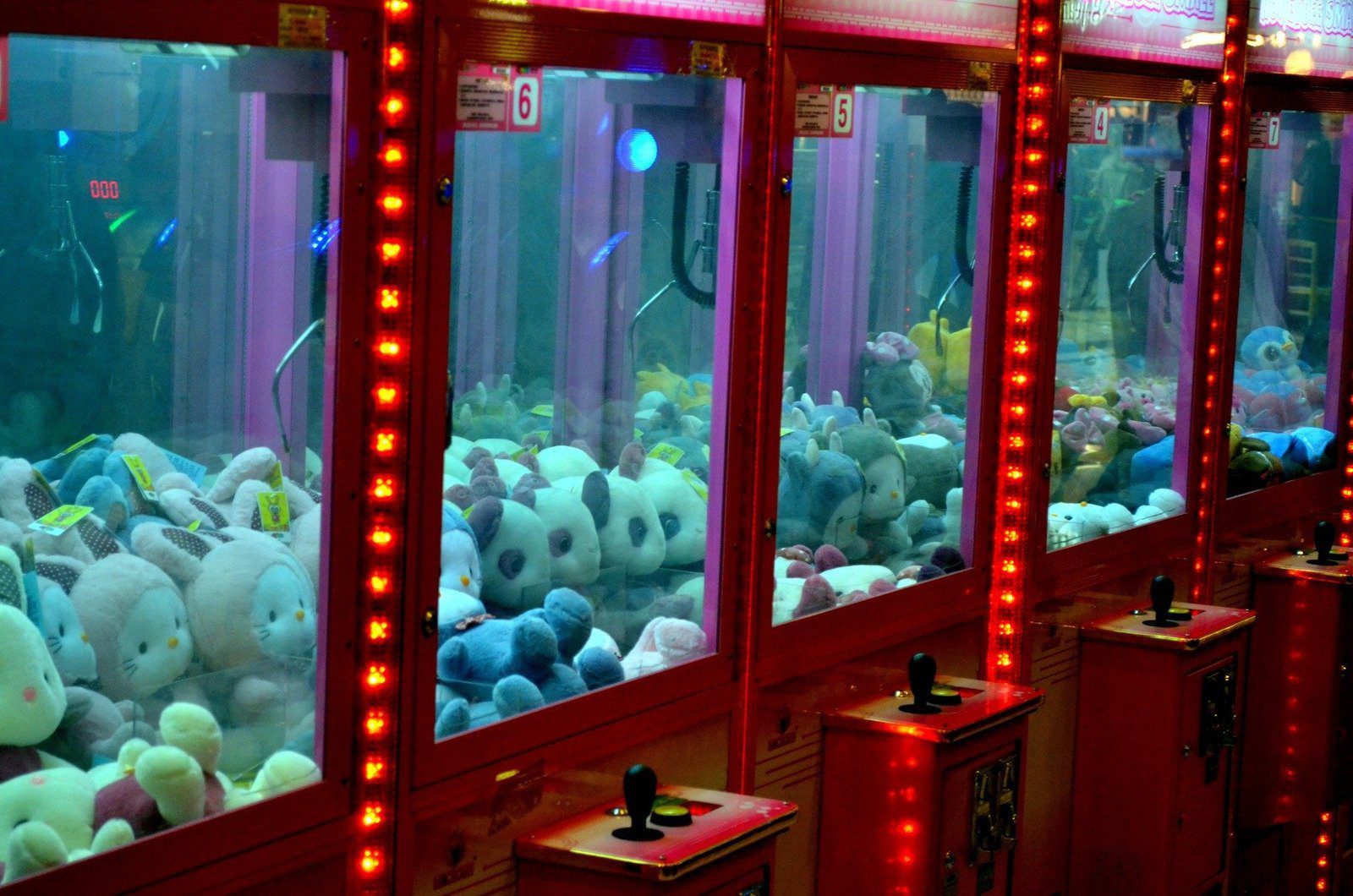1. Machu Picchu, Peru
Experience the ancient Incan citadel of Machu Picchu nestled high in the Andes Mountains. Trek the famous Inca Trail or take the scenic train journey to this UNESCO World Heritage site and marvel at its breathtaking beauty and historical significance.
2. Santorini, Greece
Explore the stunning island of Santorini with its iconic white-washed buildings, blue-domed churches, and spectacular sunsets. Visit picturesque villages like Oia and Fira, relax on volcanic beaches, and immerse yourself in the island’s rich history and culture.
3. Kyoto, Japan
Discover the traditional charm of Kyoto, Japan’s ancient capital. Visit historic temples and shrines, stroll through serene bamboo forests, and experience the beauty of cherry blossoms in spring. Kyoto offers a glimpse into Japan’s rich cultural heritage.
4. Bora Bora, French Polynesia
Escape to the paradise island of Bora Bora, known for its crystal-clear turquoise waters, overwater bungalows, and vibrant coral reefs. Snorkel with colorful marine life, relax on pristine beaches, and indulge in luxurious spa treatments.
5. Amalfi Coast, Italy
Drive along the scenic Amalfi Coast, where rugged cliffs meet the azure waters of the Mediterranean Sea. Visit charming towns like Positano and Ravello, savor delicious Italian cuisine, and soak up the coastal beauty and Mediterranean charm.
6. Great Barrier Reef, Australia
Dive into the world’s largest coral reef system, the Great Barrier Reef. Explore vibrant coral gardens, swim alongside tropical fish and marine turtles, and marvel at the underwater beauty of this UNESCO World Heritage site.
7. Iceland
Experience the natural wonders of Iceland, from majestic waterfalls and geothermal hot springs to volcanic landscapes and the Northern Lights. Explore glaciers, hike to hidden hot springs, and discover the unique beauty of Iceland’s rugged terrain.
8. Dubai, United Arab Emirates
Discover the modern marvels of Dubai, a city of skyscrapers, luxury shopping, and desert adventures. Visit iconic landmarks like the Burj Khalifa and Palm Jumeirah, ski in indoor snow parks, and experience the thrill of desert safaris.
9. Galapagos Islands, Ecuador
Embark on a wildlife adventure in the Galapagos Islands, home to unique species found nowhere else on earth. Snorkel with sea lions, observe giant tortoises, and explore volcanic landscapes in this UNESCO World Heritage site.
10. Serengeti National Park, Tanzania
Go on safari in Serengeti National Park, one of Africa’s premier wildlife destinations. Witness the Great Migration of wildebeest and zebras, spot lions, elephants, and giraffes, and experience the raw beauty of Tanzania’s savannah landscapes.
11. Grand Canyon, USA
Marvel at the awe-inspiring Grand Canyon, a natural wonder carved by the Colorado River. Hike along scenic trails, take a helicopter tour for panoramic views, and witness the canyon’s breathtaking beauty at sunrise or sunset.
12. Costa Rica
Experience eco-adventures in Costa Rica’s rainforests and coastlines. Zip-line through the canopy, relax in natural hot springs, and spot exotic wildlife such as sloths and toucans in this biodiverse Central American gem.
13. Cape Town, South Africa
Explore the vibrant city of Cape Town, set against the backdrop of Table Mountain. Visit historic landmarks like Robben Island and the Castle of Good Hope, take a cable car ride to the summit of Table Mountain, and relax on scenic beaches.
14. Norway’s Fjords
Cruise through Norway’s majestic fjords, surrounded by towering cliffs and cascading waterfalls. Explore picturesque villages, hike scenic trails, and witness the midnight sun or Northern Lights, depending on the season.
15. Taj Mahal, India
Marvel at the architectural masterpiece of the Taj Mahal, a symbol of love and beauty. Explore the intricate marble carvings, stroll through Mughal gardens, and witness the iconic monument’s ethereal beauty at sunrise or sunset.
These travel destinations offer a mix of natural beauty, cultural heritage, and unforgettable experiences. Whether you’re seeking adventure, relaxation, or exploration, these places are sure to inspire and captivate your wanderlust.
















